The Seven Natural Wonders Of Romania
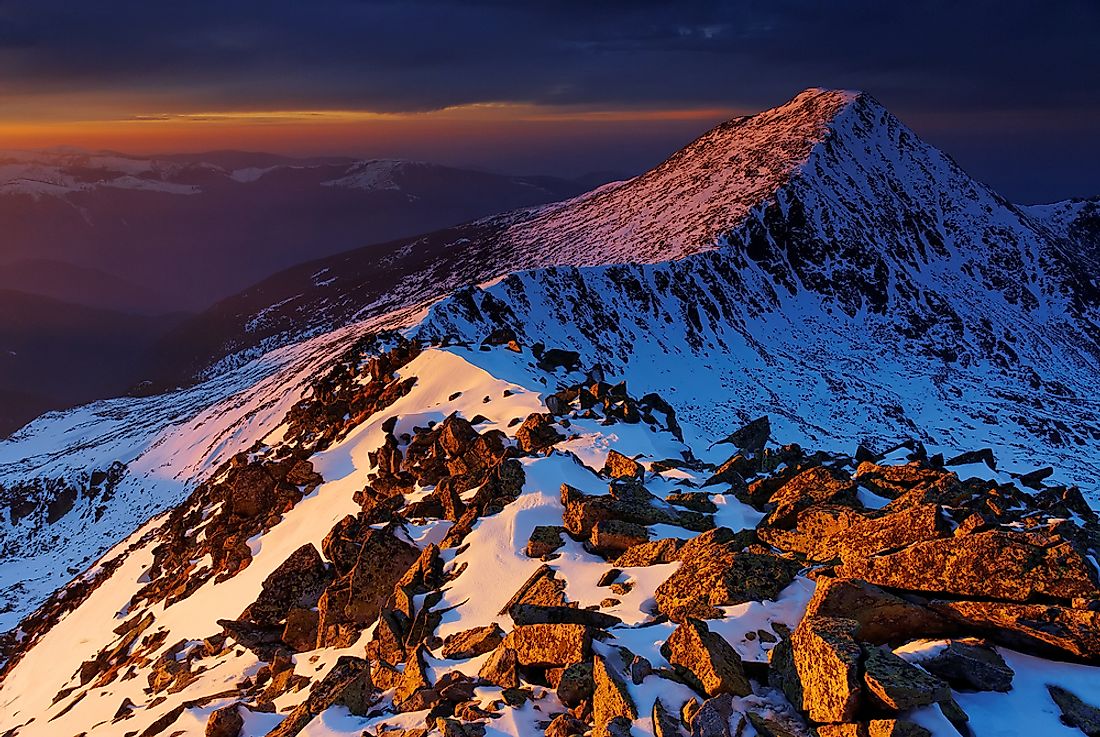
In 2007, the "Seven Wonders of Romania" program was started by a newspaper called Evenimentul Zilei. The program was divided into two stages.
The first stage involved the selection of sites by proclaimed travel experts. In the second part of the program, held in July 2008, internet users were encouraged to vote for their seven favorite locations out of a possible 16. 60,000 votes were registered during the program, and on July 24, 2008, the voting was closed. Results were finally announced on July 26, 2008.
7. Sphinx and Babele
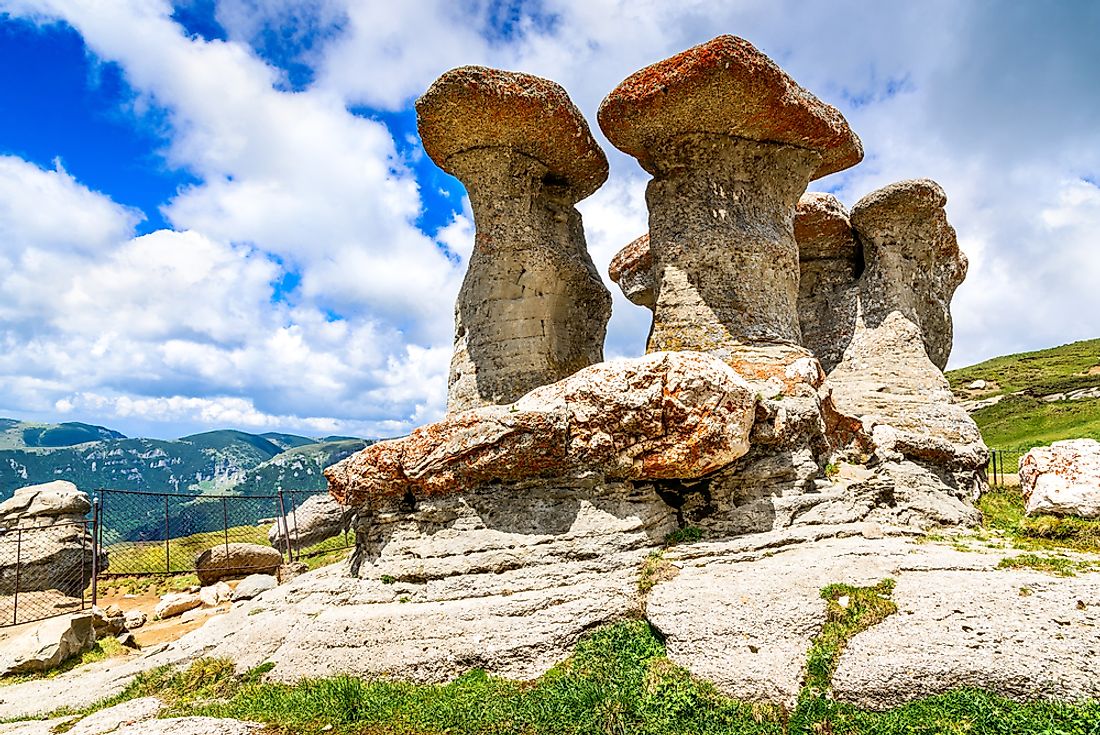
Sphinx and Babele refers to an interesting landscape on Romania’s Bucegi Mountains plateau. The region is famous for the mushroom shape rock formations created by the forces of erosion. It exists within Bucegi Natural Park at an altitude of 7,270 feet.
When photographed or watched from a certain angle, the rock formation appears to resemble the side profile of a face, close in appearance to the Great Sphinx of Giza from which its name is derived.
6. Piatra Craiului Mountains
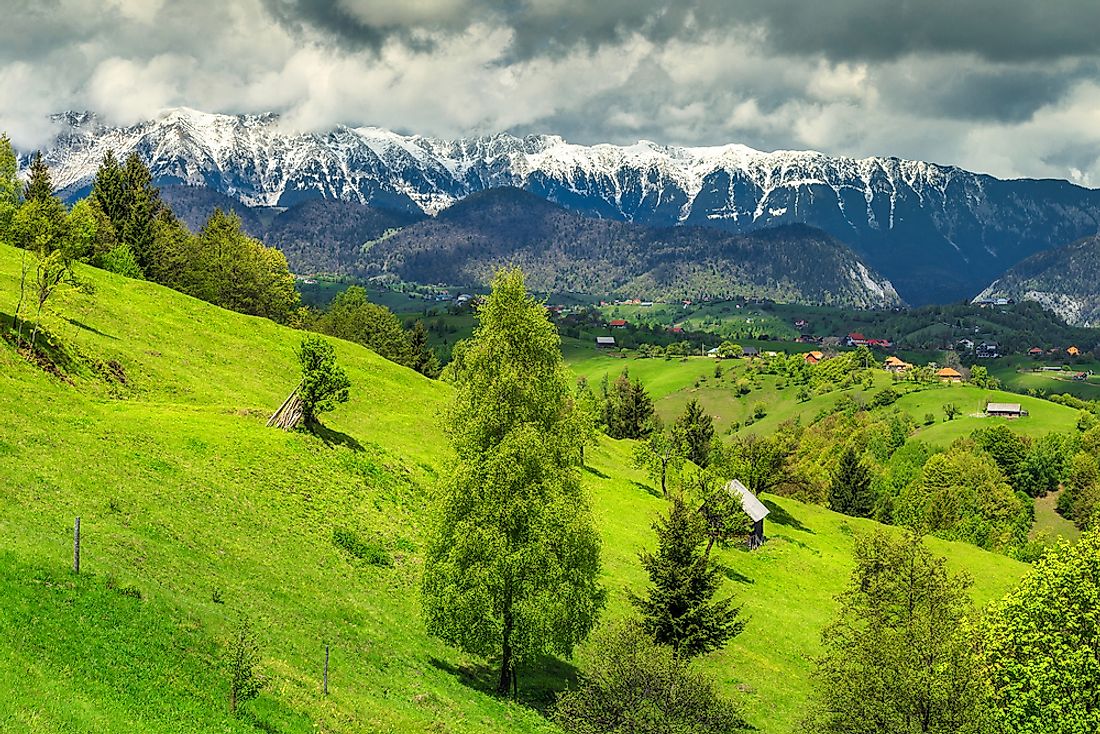
The Piatra Craiului Mountains are a mountain range in Romania. The mountains are long and narrow, with the 7,343 feet tall Vârful La Om as its highest peak. The landscape of the entire range is protected within the boundaries of Piatra Craiului National Park.
The Piatra Craiului Mountains host about 300 fungi species, 220 species of lichens, 100 species of mosses, and 1,100 species of higher plants. The park is also famous for its rich faunal diversity. Wolves, brown bears, and lynx are some of the major carnivores living in the Piatra Craiului Mountains. The other notable fauna of the region includes 270 species of butterflies, 2 endemic spider species, 110 species of birds, 17 species of bats, and several other species of animals.
5. Ceahlău Massif
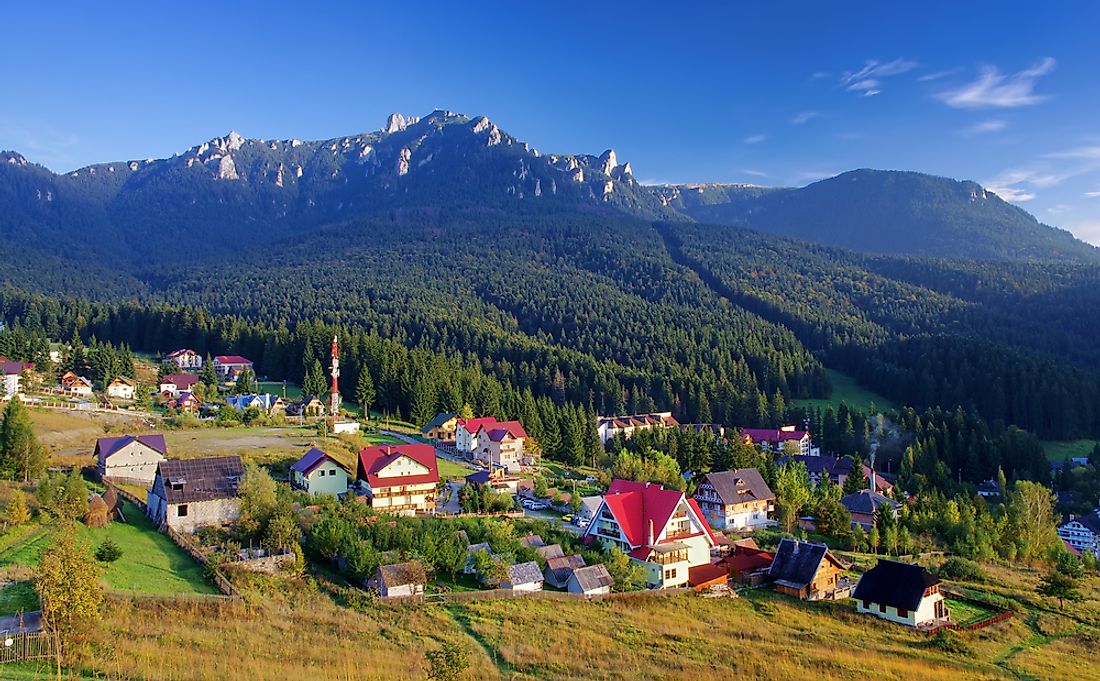
Ceahlău Massif is a mountain located in the Bistriţa Mountain range in Neamţ County, in the northeastern section of the country. The mountain has two significant peaks, called Ocolaşul Mare and Toaca. Ceahlău Massif can be accessed via the Izvorul Muntelui village from the south. The mountain is popular among hikers and is home to a number of marked trails.
Ski slopes are also located at Durău. The mountain hosts some interesting endemic species of flora and fauna, which also draws tourists to the area.
4. Cheile Nerei-Beușnița National Park
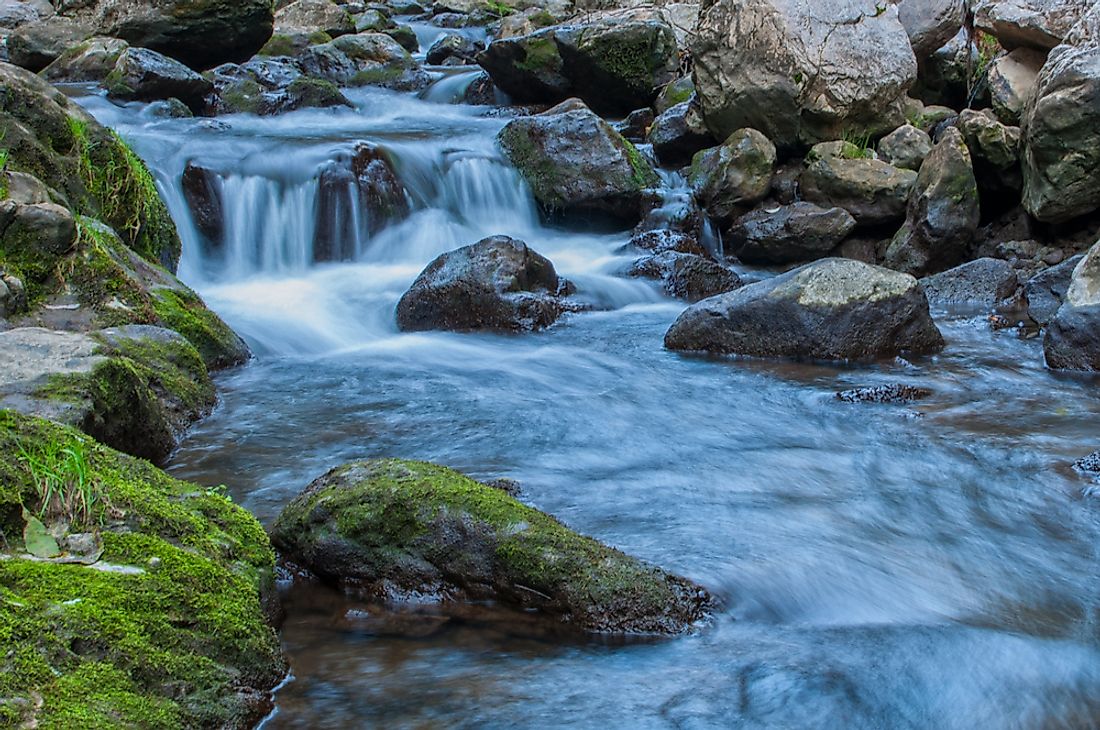
The Cheile Nerei-Beușnița National Park is located in western Romania. The landscape of the national park is largely mountainous and features peaks, valleys, crevasses, canyons, rivers, and waterfalls. The diverse habitats of the Cheile Nerei-Beușnița National Park supports a wide variety of flora and fauna. Many of these species are endemic or threatened.
The brown bear, roe deer, gray wolf, European otter, pygmy shrew, and Blasius's horseshoe bat can all be found within the park. Birds who call the park home include the golden eagle, common kingfisher, the European honey buzzard, corn crake, and the grey-headed woodpecker. Reptiles such as the common adder, smooth snake, and green lizard also reside in the forests of the park.
3. Scărișoara Cave
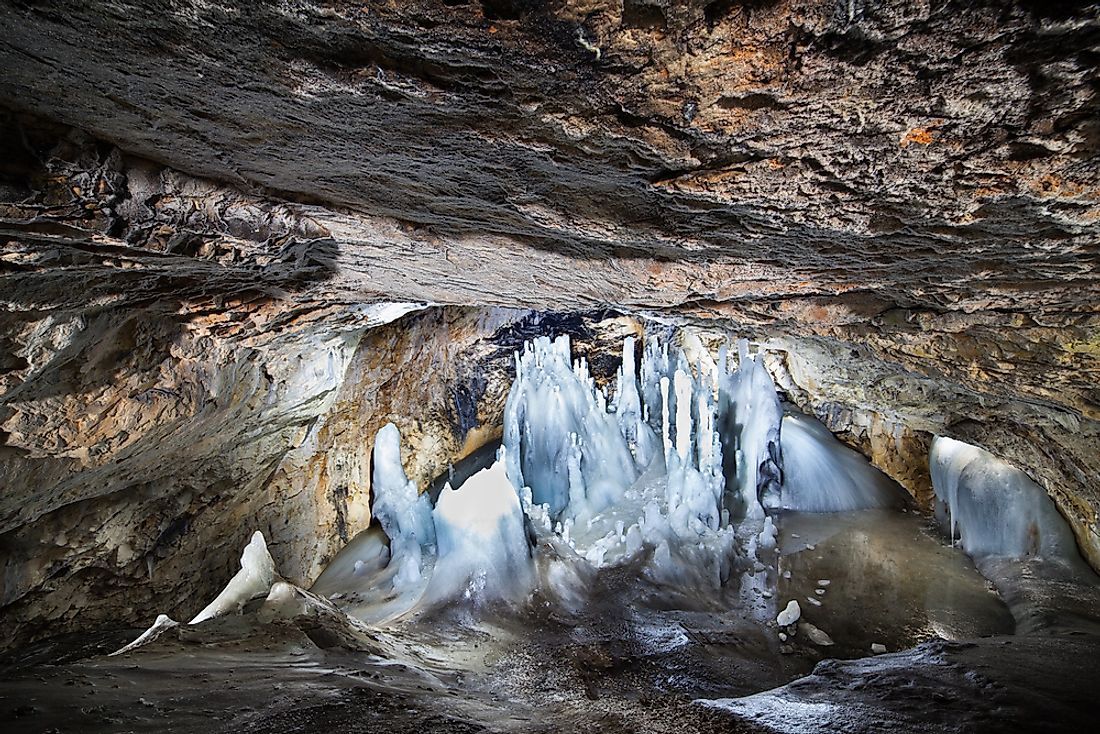
The Scărișoara Cave is one of the largest ice caves to be found in the Apuseni Mountains of Romania. The cave was first discovered when Arnold Schmidl, an Austrian geographer, prepared the first map of the cave and recorded his observations. The Scărișoara Cave was soon visited by other researchers and was mentioned in the 1927 work Speleology from the Romanian scientist Emil Racoviță.
The cave was formed during the glaciation period, about 3,500 years ago. Tourists are permitted access to some parts of the cave, although some areas are closed off to anyone but researchers with special permission from the Speological Institute of Cluj-Napoca. Bats and small bugs live in the cave.
2. Retezat National Park
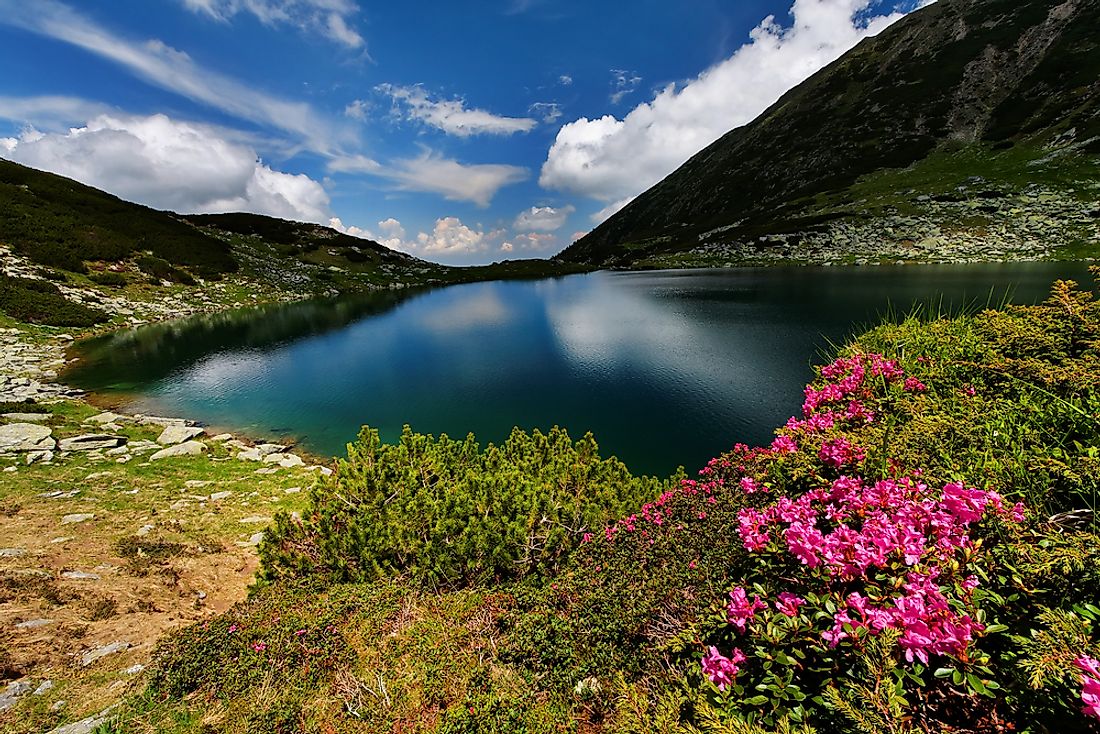
The Retezat National Park encompasses a part of the Retezat Mountains in Hunedoara county in Transylvania, Romania. The mountains feature more than 60 peaks that are taller than 2,200 m. The tallest peak of the Retezat Mountains measures 2,509 m. Over 80 beautiful and transparent glacier lakes are also a part of the Retezat National Park. Established in 1935, it was the country’s first national park.
The park is home to one of the last remaining old-growth forests of Europe. The Retezat National Park features 1,190 species of plants of which 130 have a threatened status. The fauna found here includes the Eurasian lynx, brown bear, wild boar, roe deer, red deer, Eurasian otter, Eurasian badger, and more.
1. Danube Delta
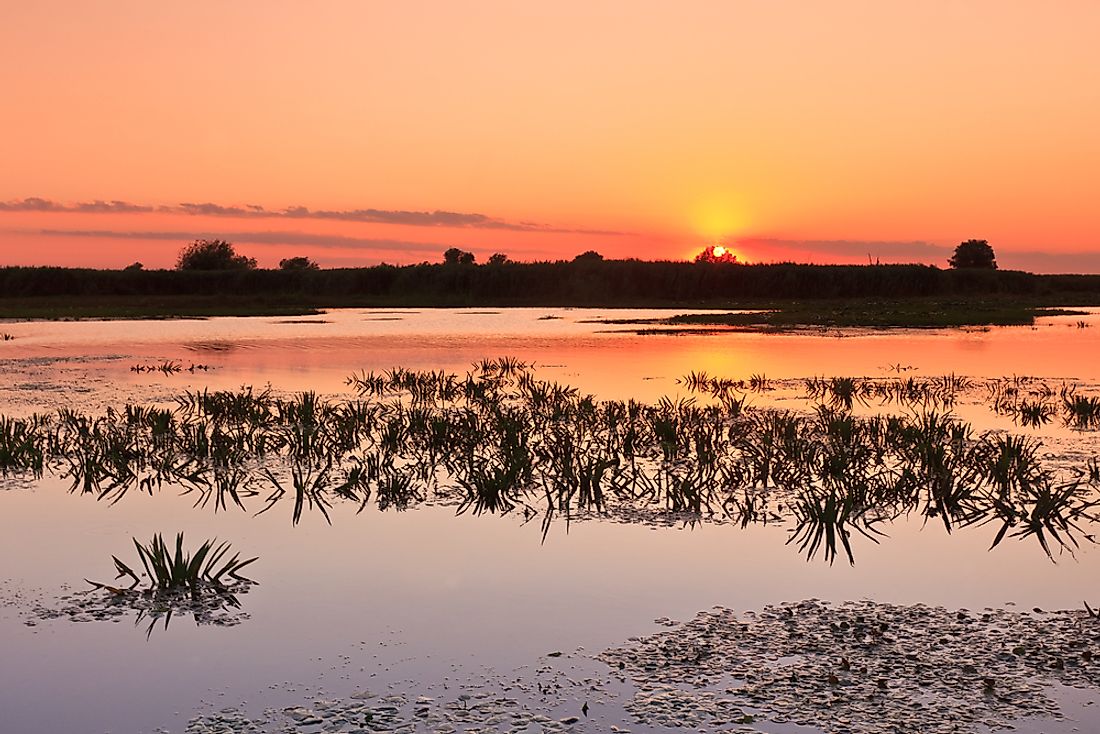
The Danube Delta is the best preserved delta in Europe. It is also the continent’s second largest. Most of the Danube Delta is within Romanian territory (3,446 square km of a total 4,152 square km), the rest of which belongs to Ukraine. Three main distributaries of the Danube River - the Chilia, Sfântul Gheorghe, and Sulina - are part of the Danube Delta.
The delta is famous for its unique collection of flora and fauna which includes rare species. The delta features 23 natural ecosystems. It is also situated on major bird migratory routes and provides optimum conditions for the nesting and hatching of numerous bird species. For its ecological significance, the Danube Delta was inscribed as a UNESCO World Heritage Site in 1991.







